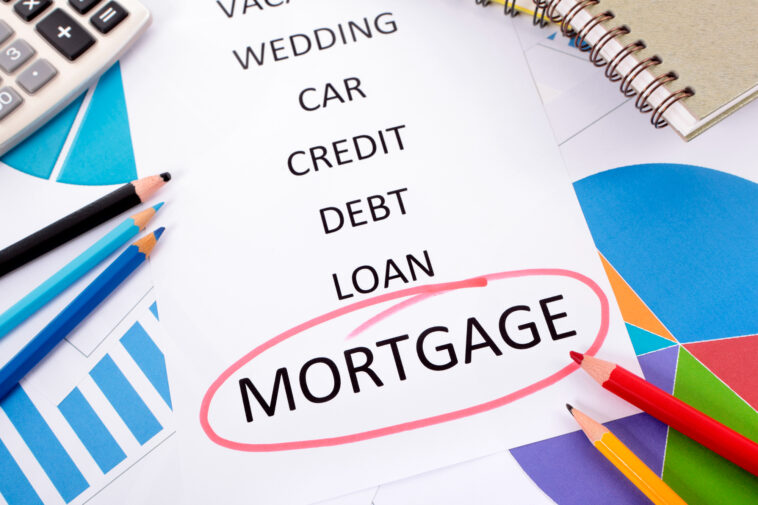In an ever-fluctuating financial climate, understanding mortgage refinance rates is more crucial than ever for homeowners looking to optimize their finances. Refinancing can offer a pathway to better interest rates, lower monthly payments, or a quicker payoff schedule. This in-depth guide is designed to unravel the complexities of mortgage refinance rates, empowering you with the knowledge to make strategic decisions in managing your home loan.
Understanding Mortgage Refinance Rates
Mortgage refinance rates are the interest rates applied to a new mortgage that replaces your existing one. These rates can vary based on market conditions, your credit profile, and the lender’s policies. Refinancing can help you capitalize on lower interest rates, change the terms of your loan, or access home equity for cash.
Types of Mortgage Refinancing
- Rate-and-Term Refinancing: Adjusts the interest rate, the term, or both of your existing mortgage without changing the loan amount.
- Cash-Out Refinancing: Allows you to take out a new mortgage for more than you owe and pocket the difference in cash.
- Cash-In Refinancing: Involves paying down a portion of your mortgage balance to reduce the new mortgage amount.
Factors Influencing Refinance Rates
- Market Conditions: Economic factors like inflation, federal policy, and housing market trends can significantly impact refinance rates.
- Your Credit Score: A higher credit score often leads to better refinance rates, reflecting lower lending risk.
- Home Equity: More equity in your home can result in more favorable refinance rates.
- Debt-to-Income Ratio: A lower debt-to-income ratio is typically seen as favorable by lenders.
Refinance Rates: Questions and Answers
Q: How do I know if it’s the right time to refinance?
A: Consider refinancing when interest rates are lower than your current rate, your credit score has improved, or you need to change the terms of your loan to better suit your financial situation.
Q: What costs are involved in refinancing?
A: Refinancing can involve costs such as application fees, appraisal fees, closing costs, and possibly prepayment penalties from your current lender.
Q: How much can I save by refinancing?
A: Savings depend on factors like the difference in interest rates, the remaining term of your existing mortgage, and the terms of your new loan.
Q: Can I refinance with bad credit?
A: Refinancing with bad credit is possible but may come with higher interest rates. Improving your credit score before refinancing can lead to more favorable terms.
Q: How long does the refinancing process take?
A: The refinancing process can take anywhere from a few weeks to a few months, depending on the lender and your specific situation.
Strategies for Getting the Best Refinance Rates
To secure the best refinance rates, improve your credit score, lower your debt-to-income ratio, shop around with multiple lenders, and consider timing your application when rates are low.
Understanding the Impact of Refinancing on Your Mortgage
Refinancing can impact your mortgage by altering your monthly payments, changing the amount of interest you’ll pay over the life of the loan, or modifying the loan’s term.
Navigating the Refinancing Application Process
The application process for refinancing involves assessing your financial situation, gathering necessary documentation, applying to multiple lenders, and evaluating loan offers to find the best deal.
Conclusion
Refinancing your mortgage can be a powerful tool in managing your home loan and overall financial health. By understanding the nuances of refinance rates and the broader market, you can strategically time your refinance to maximize benefits. Whether seeking lower monthly payments, a reduced loan term, or cashing out equity, informed decisions in the refinancing process can lead to substantial financial rewards.

